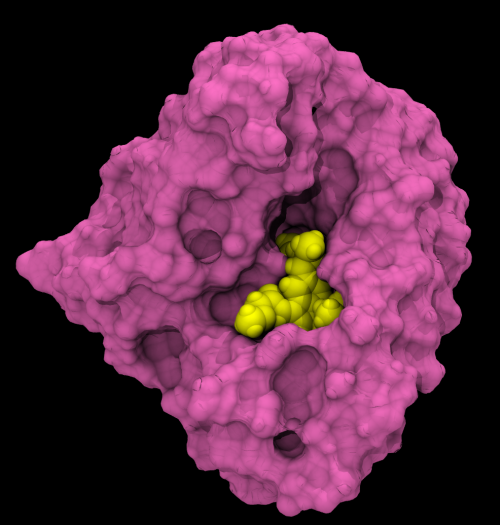A tailor made molecule against malaria

The malaria parasite is particularly pernicious since it is built to develop resistance to treatments. The lack of new therapeutic approaches also contributes to the persistence of this global scourge. A study led by Didier Picard, professor at the Faculty of Sciences of the University of Geneva (UNIGE), Switzerland, describes a new class of molecules targeting the two problems at the same time.
Using ultra sophisticated computerised modelling tools, the researchers were successful in identifying a type of candidate molecules toxic for the pathogen, but not for the infected human red blood cells. The study, led in collaboration with researchers from the Geneva-Lausanne School of Pharmacy (EPGL) and the University of Basel, has been published in the Journal of Medicinal Chemistry.
The most severe form of malaria is caused by infection with Plasmodium falciparum. The eradication of this parasite is even more difficult as it becomes resistant to treatments. The group led by Didier Picard, professor of biology at the Faculty of Sciences of UNIGE, Switzerland, is closely interested in the protein Heat Shock Protein 90 (HSP90), which plays a central role for several factors involved in the life cycle, survival and resistance of the pathogen.
Modelling the target-protein of the Plasmodium
Expressed in organisms as diverse as bacteria and mammal cells, HSP90 acts as a "chaperone", by helping other proteins during both normal and stressful periods. In the Plasmodium, HSP90 protects parasitic proteins during high fevers triggered by its presence. The chaperone also participates in the maturation of the pathogen in human red blood cells. "Our goal was to determine if there was a difference between the human form and the parasitic form of HSP90 that we could exploit for therapeutic purposes", explains Tai Wang, a PhD student at the Department of Cell Biology of UNIGE.
The PhD student used ultra-sophisticated computerised modelling tools to characterise the various tridimensional conformations of the parasite's HSP90. "The human chaperone harbours a "pocket" that binds molecules known to inhibit its activity. I compared it with that of the Plasmodium, hoping to find a difference which could be targeted by a specific inhibitor, but didn't," reported the researcher.
A screening performed entirely in silico
By studying the HSP90 of the pathogen from every possible angle, Tai Wang discovered another pocket capable of binding inhibitory substances, completely absent in its human alter ego. Using a supercomputer, he performed the screening of a virtual library containing more than a million chemical compounds while retaining those that could fit in this pocket. This screening in silico led him to select five candidates.
These experiments were then completed by a "real time" modelling technique. "The simulations were conducted to analyse the dynamics of interaction between the HSP90 and the candidates, leading to the discovery of inhibitors which interact specifically with the Plasmodium falciparum chaperone".
The molecules were then tested in vitro in different systems. The biologists demonstrated in particular the toxicity of those inhibitors on Plasmodium falciparum cultures, in doses sufficient to kill the parasites without affecting the infected red blood cells.
"These recently patented molecules are part of a group of compounds related to the 7-azaindoles, which exclusively bind the HSP90 of the parasite, but not the human form. The next step will be to fine-tune them in order to perform clinical tests," concluded Didier Picard.


















